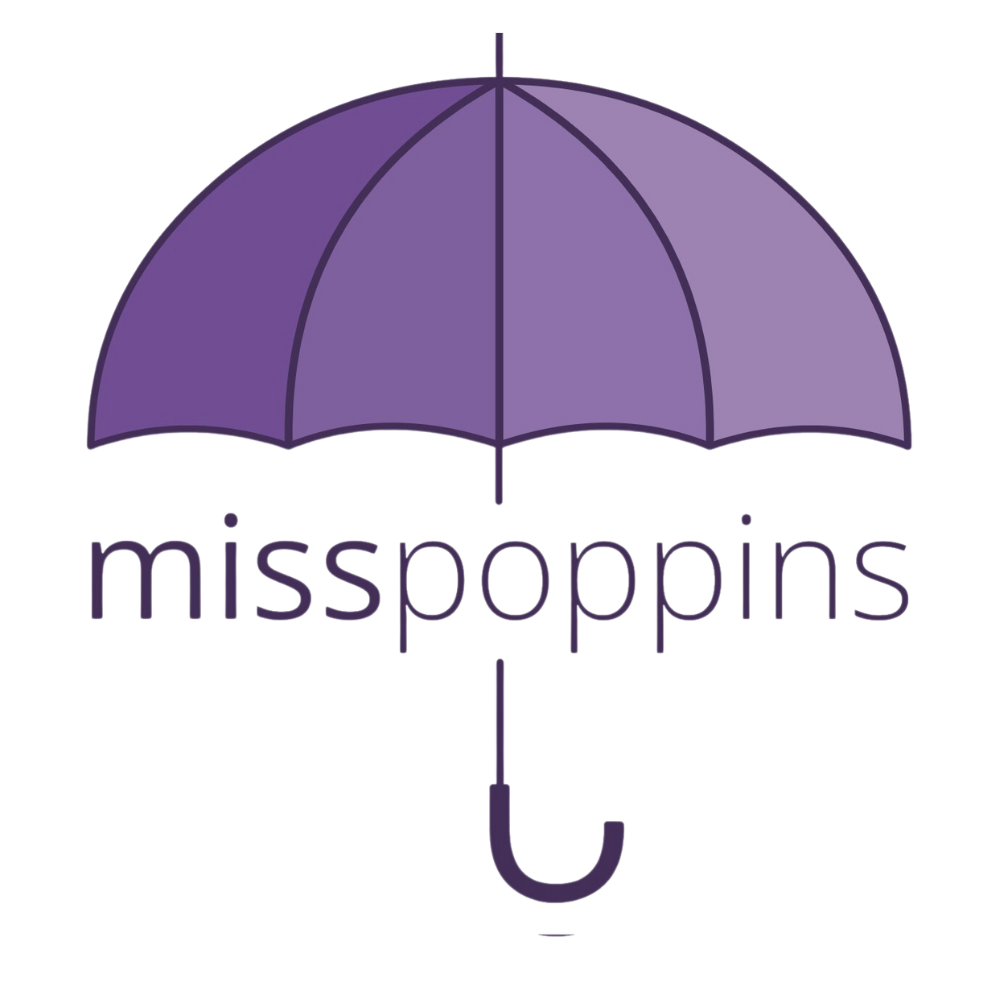Pacifiers
Pacifiers can provide a means of soothing a fussy baby and/or helping a baby get to sleep. Moreover, all babies engage in non-nutritive sucking and a pacifier provides a way to do this. Many parents end up trying a pacifier to see if their baby enjoys it, but before you do, here are a few things to consider. Please talk with your child’s healthcare provider if you are uncertain about using one or not.
The Pros:
For some babies, pacifiers are the key to contentment between feedings. Consider the advantages:
A pacifier might soothe a fussy baby.
A pacifier offers temporary distraction and might come in handy during and after shots or blood tests.
A pacifier might help your baby fall asleep. If your baby has trouble settling down, a pacifier might do the trick.
A pacifier might ease discomfort during flights. Babies can't intentionally "pop" their ears by swallowing or yawning to relieve ear pain caused by air pressure changes. Sucking on a pacifier might help.
A pacifier may reduce the risk of sudden infant death syndrome (SIDS). Sucking on a pacifier at nap time and bedtime might reduce the risk of SIDS.
The Cons:
Your baby might become dependent on the pacifier. If your baby uses a pacifier to sleep, you might face middle-of-the-night crying spells when the pacifier falls out of your baby's mouth. This is why we encourage you not to put it back in after they fall asleep.
Pacifier use might increase the risk of middle ear infections. However, rates of middle ear infections are generally lowest from birth to age 6 months — when the risk of SIDS is the highest and your baby might be most interested in a pacifier.
Prolonged pacifier use might lead to dental problems. However, normal pacifier use during the first few years of life generally doesn't cause long-term dental problems. But, prolonged pacifier use might cause a child's teeth to be misaligned.
If you're breast-feeding, you might wait to offer a pacifier until your baby is about 3 weeks old and you've settled into a nursing routine.
If you decide to use a pacifier for your baby, try not to use it as the only method for soothing your baby. Not all babies take to a pacifier so do not force the issue. However, if you are really keen to use one, you will need to try it several times until you can truly assess whether or not your baby enjoys it. Additionally, a pacifier should only be used between feedings. Only use a one-piece, dishwasher safe variety. Any pacifier that is a two piece version could pose a choking hazard if it breaks apart. Keep their pacifiers clean and watch for signs of deterioration. If there are any signs of deterioration, replace them immediately. Never attach a pacifier to a string or strap long enough to have any potential of getting caught around your baby’s neck.

